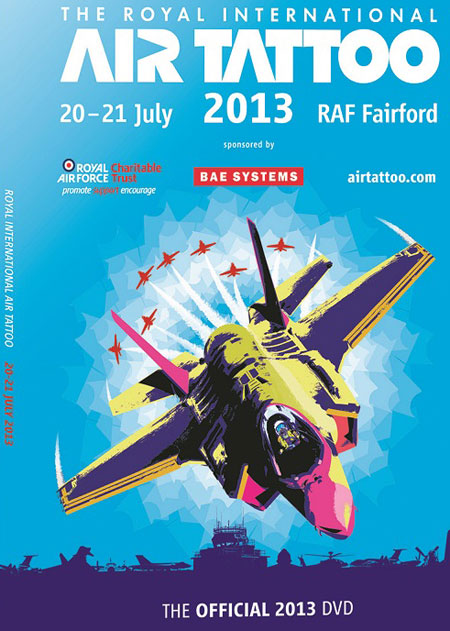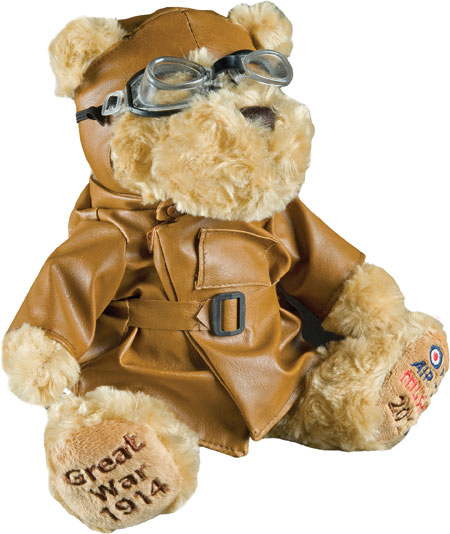Sunday 10th November
Service to commence at 10.45am
The Royal Air Force Museum Cosford will be holding a Remembrance Service paying respect to those Service men and women who made the ultimate sacrifice during their tours of duty.
For those wishing to pay their respects, the Museum will be holding a Service of Remembrance on Sunday 10th November, allowing visitors to reflect on the sacrifices made by our brave service men and women. The service will be led by Rev (Sqn Ldr) Eddie Wynn RAF Reserve, Station Chaplain RAF Cosford, in front of the Comet. During the service there will be readings by Commander Jon Milsom RN COS DSAE and Dave Leek, Chairman of the Aerospace Museum Society.
Visitors to the Museum will also be treated to performances from the Cosford Military Wives Choir, who will perform for visitors at the beginning and end of the service. All visitors to the Museum are welcome to join the service for this Act of Remembrance and are politely requested to assemble in Hangar 1 no later than 10:30am ready for the Service to commence at 10.45am, which will include a two minute silence with the sounding of ‘The Last Post’.
RAF Museum Cosford Events Executive, Nina Mitchell says:
“This event is always a poignant occasion and we hope that local residents will choose to join us on the day and remember the fallen with us. I would like to thank the Station Chaplain and the Cosford Military Wives Choir for their help in organising this years’ service, I’m sure visitors will enjoy the day’s proceedings.”
Sunday 10th November also marks the first day of the annual Conservation Centre Open Week where visitors can view the conservation work taking place on a variety of aircraft and speak with the skilled Technicians and Apprentices who make the work possible. The Conservation Centre will be open to all Museum visitors from 10th to 16th November from 10.15am to 1.00pm.
The Museum is open daily from 10am and entry to the Museum is FREE. For further information, please call the Royal Air Force Museum, Cosford on 01902 376200 or visit the Museum website, www.rafmuseum.org.



